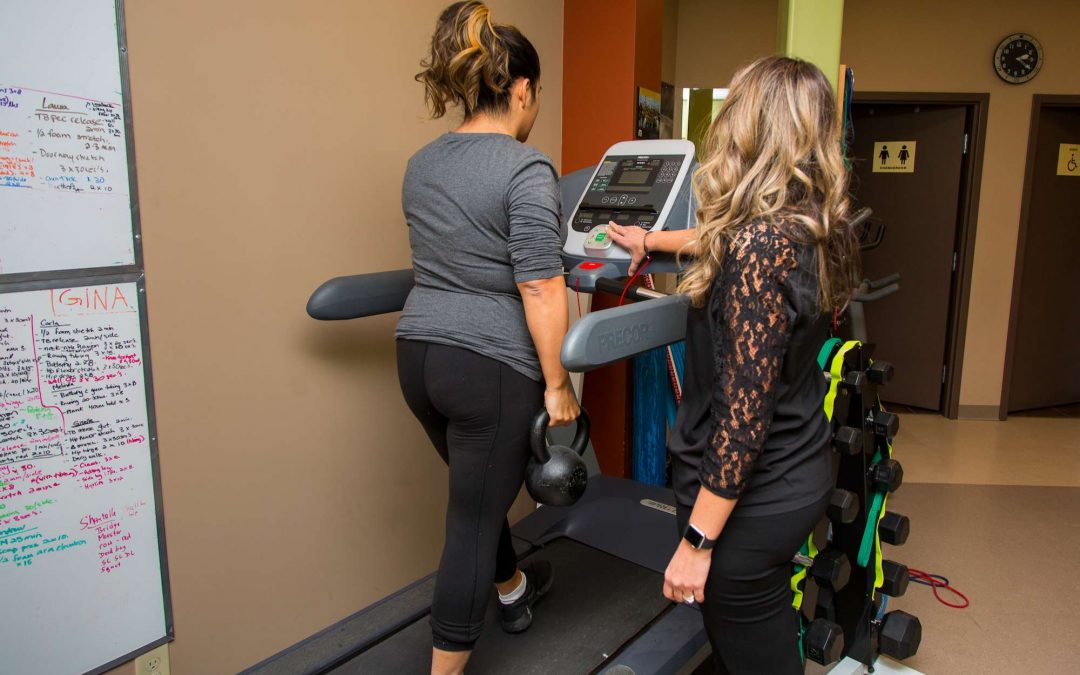The pandemic has significantly altered the way we go about our daily lives, from the way we work and socialize, to the way we exercise. With access to the gym likely to remain limited or non-existent for the foreseeable future, we need to find alternative ways to stay fit and healthy.
With outdoor activity and home workout equipment being activities we’re allowed no matter how tight the restrictions, there is an opportunity to make the best of a bad situation. Running outdoors or at home comes with 24/7 access, and burns more calories than most other types of exercise.
The transition from working out at the gym to running at home, however, can be difficult for some. Many people are creatures of habit, and change can be challenging. If you’re not careful, changing your workout routine can affect your motivation to continue, your confidence in achieving your workout goals, and increase your risks of injury.
Here are some tips to help you start running at home safely and consistently.
The Benefits Of Running
- Weight Loss – Running is one of the most effective ways to burn calories and lose weight.
- Reduces Risk Of Cardiovascular Disease – Running even 5-10 minutes per day significantly reduces your risk of many types of cardiovascular disease and lowers your risk of death. According to the NCBI (National Center For Biotechnology Information), “Compared with non-runners, runners had 30% and 45% lower risks of all-cause and cardiovascular mortality.”
- Confidence Boost – Seeing yourself run faster, stronger, and longer boosts confidence and can help keep your goals on track.
- Get The “Runners High” – Running causes our body’s to release endorphins that promote positive feelings during and after a run.
- Mental Health – Running promotes good mental health including improved sleep, reduced stress, increased energy, and increased mental alertness.
Tips To Avoid Injury While Running
Running is great for you physically and mentally, but all too often new runners injure themselves by pushing too hard too fast. Taking it slow and easing it running will make it more enjoyable and prevent injury. Here are some ways to avoid run injuries.
Plan Your Run’s In Advance
Set small goals and gradually increase them bit by bit. If you’re new to running, start with running a short distance without pushing yourself and gradually build up with the volume of running (distance) and intensity (speed). If you want to set a future goal of reaching a run of 10km in 2 months, plan how many runs you’re going to do and spread your distance increases over the total number of runs gradually.
Pro Tip – You can track your runs for free using apps like Nike Run Club. This free tool tracks your distance, speed by kilometer, and offers weekly challenges and mid-run motivational messages. You can even invite your friends to join your “friends running network” and see each other’s progress.
Listen To Your Body
This is the most important step when starting up running from home. Your body knows what’s best, and you should listen to what it’s telling you. If you start to cramp or are sore after a run and don’t think you can push yourself any farther, then adjust your strategy and decrease your intensity or distance, choose another form of exercise, or take a rest day. There’s no rush to run the fastest or farthest distance. Take it slow, and you’ll give yourself a better chance of reaching your goals.
If you’re just starting out with running, take it slow. You can train your body better by starting with a walk/run routine. For example, you can 1-2 minutes, then walk for 2 minutes.
regular physiotherapy is also recommended to treat running issues and as a preventive measure against injury.
Proper Recovery From Your Run
Recovering from your exercise, especially at the beginning of your running routine helps promote proper muscle recovery and get’s your body back to a state where you can do more exercise without injury.
Recovery from a run doesn’t just involve resting. Other important steps to proper recovery include:
- Replenishing fluids (water) right after a run, and staying hydrated before and during your next run.
- Eating well balanced and nutritious meals
- Getting full 8 hours of sleep per night
- Stretching after your workout and using stretching aids like a foam roller if necessary.
With proper run planning, attention to your body, and a full recovery plan, running can be an amazing exercise alternative to the gym.
If you have injured yourself running and are looking for help, professional massage therapy can often help.
At Prairie Trail Physio, Our role in your recovery is to help you understand your injury and its healing process, to help you gain function and strength, to help reduce discomfort, and to help prevent potential complications in the future. Call us today at 201-817-0242 and speak with one of our friendly staff.

